ReadySuite 7.0.0 is released and now available to download. We recommend all customers using previous versions update to this release to benefit from many new major features, eDiscovery scripts, performance improvements, and increased stability.
For our existing customers, with an active subscription to ReadySuite, you can upgrade to ReadySuite 7 for free. Your existing license and activation will work with ReadySuite 7 when upgrading from ReadySuite 6.
We have made several enhancements and features as outlined below. To see a full list of changes in ReadySuite v7.0.0, view the entire release notes here.
Let’s dive into the highlights of this release:
Scriptable Fields
Introducing a new scripting method in ReadySuite – you can now create scripted fields with data values generated by a new type of script. See our recent blog post covering this feature in-depth here. Using the new Script Field feature, you’ll be able to add easily, reproducible fields and data values across a common set of field specifications and data requirements.
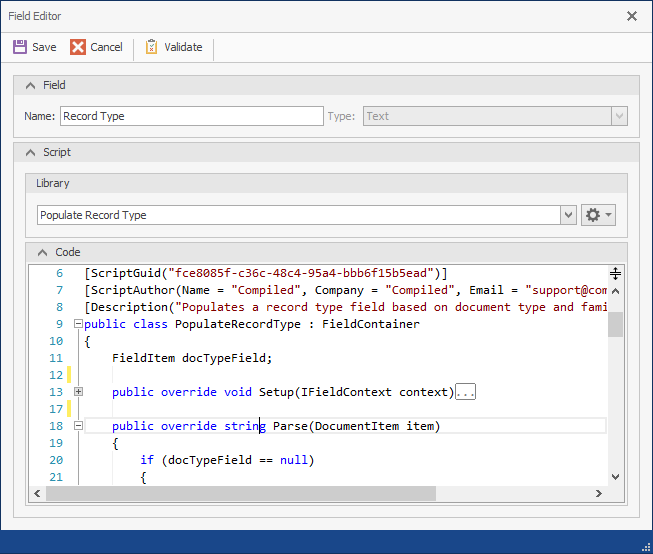
Chained Scripts
We added the ability to run two or more scripts together, using our new chained script technology. Running a chained script, you’ll have the option to set the order of scripts, provide settings for each script with custom options, and view and save reports from each script. Chained scripts can be ran from the Script Browser, by selecting more than one script to run. Or separately, by creating a Script Pack below.
Script Packs
When creating a chained script, you can save the script selection and any options/settings into a Script Pack file. Script Packs enable you to re-open the script selection for reuse, sharing with a colleague, or having a thoroughly defined and reproducible workflow in ReadySuite. See our recent blog post covering this feature in-depth here.
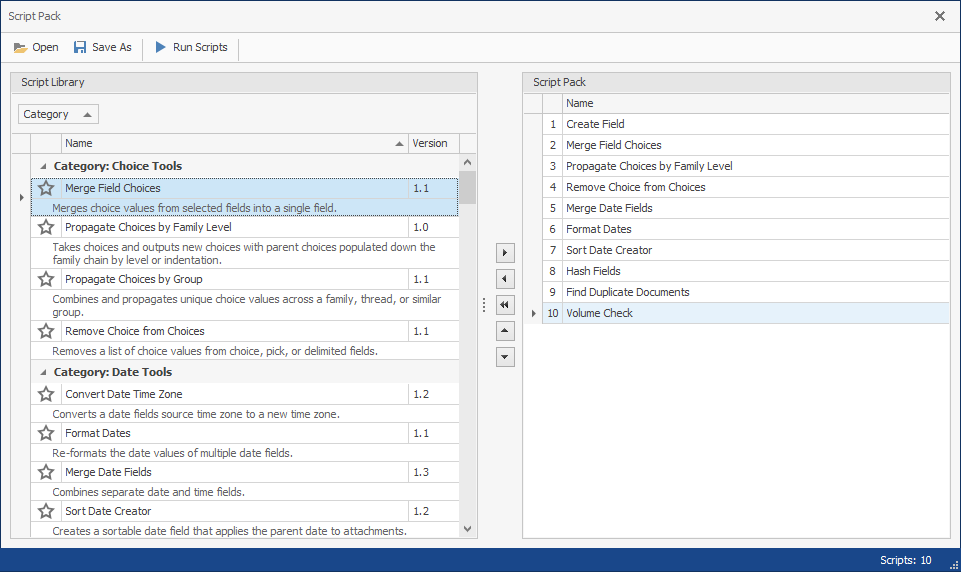
Profiles for Script Options
We added the ability to save the settings in the script options dialog to a profile. When running a script, if the script has custom options, a profile can be opened or saved for easy access later.
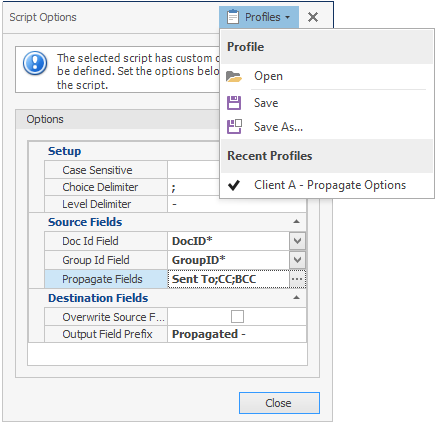
Tabbed Script Editor
Improvements to the included Script Editor add a new, multi-document (tabbed) interface. Prior versions of ReadySuite limited the opened script selection to a single script. With the tabbed interface, you can view and edit multiple scripts at once.
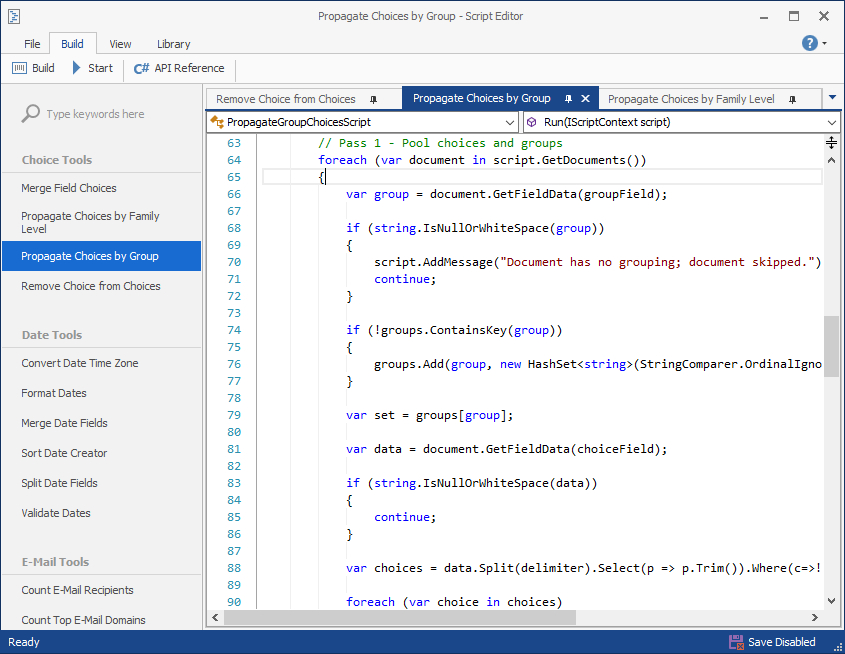
Dynamic Fields
Included with the major effort completed to add Scriptable Fields, we added a new field type: Dynamic Fields. These field types can reference other fields, with automatically updating data values based on existing data fields. See our recent blog post covering this feature in-depth here.
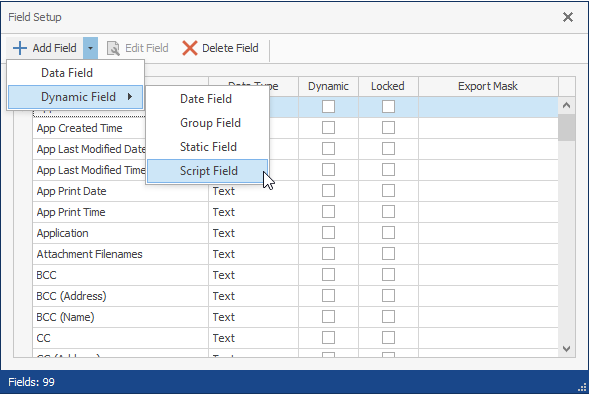
Scripting API
We expanded the Scripting API with a new FieldContainer class – and FieldContext – to support Scriptable Fields. Refer to the these in the updated Scripting API documentation when creating a Script Field type.
The existing GetOrCreateField method in ScriptContext now can accept an optional FieldType parameter – when provided, the expected FieldType must match the field that exists under the same name.
A new TryGetOrCreateField method was added – similar to GetOrCreateField above, this method will heck if the field exists with the provided type, otherwise it will create the field with the provided field type.
Startup Performance
We made significant improvements to startup performance. Users should notice ReadySuite will open in just 2-3 seconds on most modern machines now.
Scripts
We modified many of the built-in scripts to support the new field creation UI editor. In previous versions, specifying a new field was limited to a simple text editor. Most scripts now use the new field editor, previously discussed here.
We modified Remove Choice from Choices and Mass Find/Replace scripts to support multiple field selection. These scripts can now target more than 1 field when updating existing field values.
We added two new scripts to the library in this release –
Create Field
Use this script to create a field, with a given field type, and populate it with a default value. When combined with a new Script Pack, can be useful to add fields that do not exist to the project.
Combine Fields
Use this script to combine 2 or more fields into a single, output field. Fields can be combined based on a first non-blank rule or a delimited rule. This script has matching functionality found under the Dynamic Group Field type.